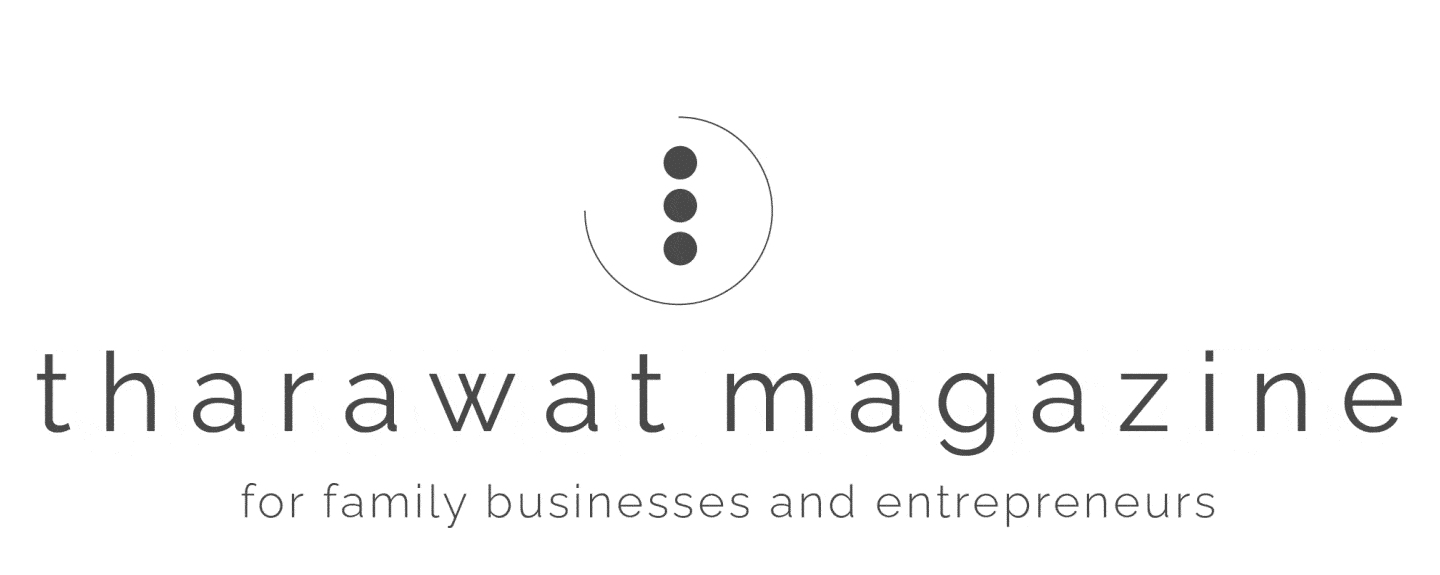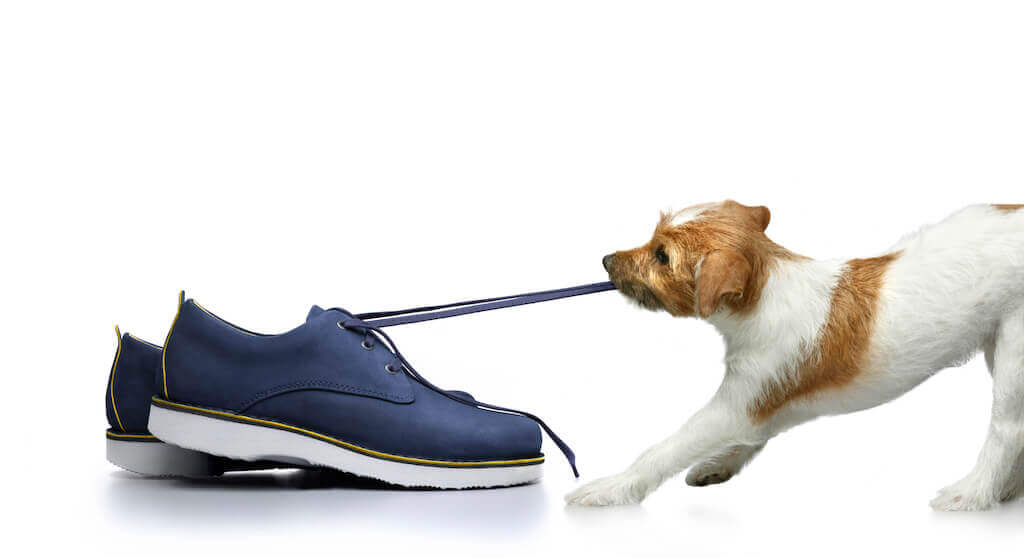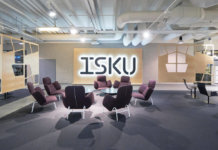When Bruce Katz joined the family business to work with his father, he began selling unbranded shoes to independent retailers out of the back of his truck. This enterprise would eventually become the Rockport Shoe Company.
After growing Rockport for 14 years, the family sold the company to Reebok International and retired from the shoe business. Bruce spent the next part of his life sailing around the world, working in technology start-ups and pioneering online communities.
There is more to the story, however, 28 years after leaving the shoe business, Bruce Katz is back with an entirely new shoe company. With some creative marketing and an emphasis on person to person relationships, he is re-establishing the Katz family legacy with comfortable, high-quality footwear.
We had the opportunity to sit down with Bruce Katz to discuss his family’s journey in the shoe industry, growing an incredibly successful brand from almost nothing, selling it and then doing it all over again.
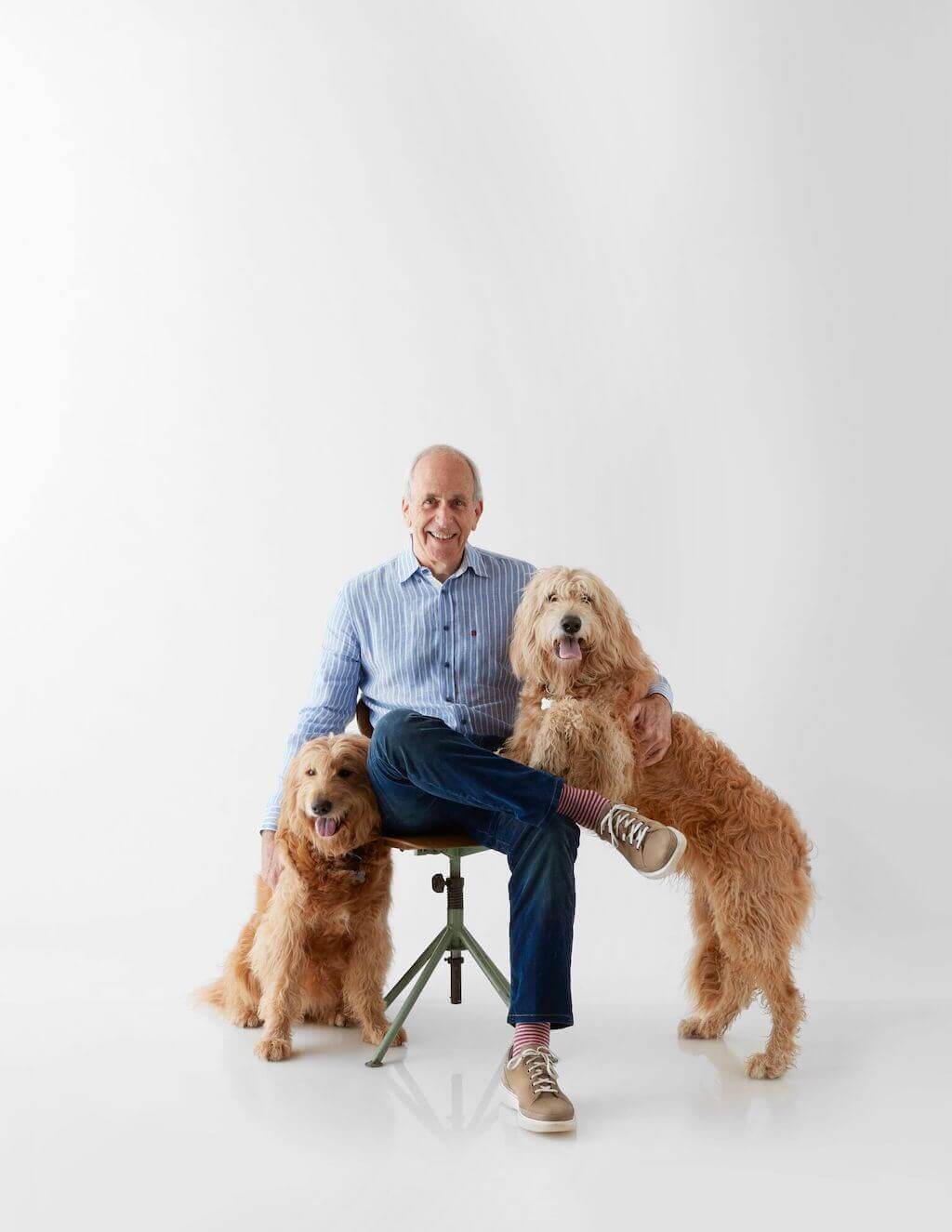
When did your family’s passion for shoes begin?
My grandfather immigrated from Lithuania when he was ten, and five years later got a job in a shoe store. After working his way up, he took over a small men’s shoe factory in East Rochester, New Hampshire. The business grew, he added another factory and began making women’s shoes as well. From 1930 to 1970 this was our family business – the Hubbard Shoe Company.
World War II initiated a considerable period of growth and, indirectly, brought my father into the business. At the beginning of the war, my grandfather secured a contract with the government to manufacture footwear for the armed services – the whole factory was making army boots. Our operations grew significantly to keep up with the demand, but at the end of the war, the Pentagon wrote to him saying, ‘Thank you very much. You’re very patriotic. We don’t need any more army boots.’
All of a sudden, he had a factory with 500 workers and no buyers. My father, who was studying journalism and had no aspiration to join the shoe business, nevertheless returned to help my grandfather find customers. I don’t know whether my father fell in love with the shoe industry, or he just became stuck, but footwear became his life’s mission. By 1970, we operated three factories.
Your father helped save the business?
That’s right. Somehow, my father was able to source new buyers, and the Hubbard Shoe Company continued to grow under his leadership. The family became very well respected in the industry. By the 1960s, my father was the head of both the New England Shoe and Leather Association and the Two Ten Foundation – the industry’s leading charitable organisation.
Around this time, however, imported shoes began flooding the market. Hubbard, with its American factories, couldn’t compete – foreign manufacturers had lower operating costs. We lost considerable market share to companies in Spain and Italy. After ten incredibly stressful years, my father was forced to sell our beautiful home and cease operations in the shoe factories. At age56, he had to start over. As soon as the factory closed, he was on a plane to Brazil to explore the idea of importing shoes from there. I came back from college to find him working out of a small office in the back of an old outlet store. He had a rental car, a small apartment and no savings or life insurance. I was shocked to see him like this and was moved to do what I could to help.
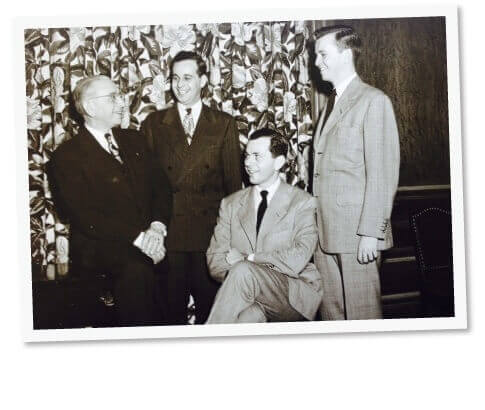
How did you then become involved in the shoe industry?
What I wanted to do at that point was to build a boat and sail around the world. My father, who knew this, had a container of shoes from Brazil that had arrived too late to be accepted by his customers and were sitting in storage. He said, ‘Why don’t you try to sell those for your boat project?’ So, I started driving around the countryside peddling these moccasins and eventually sold the lot.
Did you realise then that you had a talent for the shoe business?
Not quite. Soon after, though, my father had another lot of shoes that a customer wanted to sell. Remarkably, the first company that I called on thought they were such a bargain they bought all 7500 pairs. My father suggested the factory in Brazil could make a few more shoes for me to sell and so I found myself in the shoe business for real.
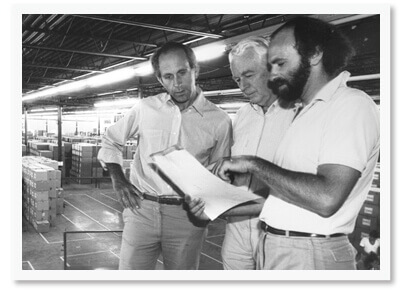
Was this the birth of Rockport?
Up until this time, I was selling closeouts in plain white boxes. One day I met someone wearing the shoes on the street. He told me that his roommate wanted to buy a pair but there was no name in the shoes, so he didn’t know where to get them. That was when I realised it would help if we gave a name to our shoes, and thus, Rockport was born.
Our big break came when we got a call from a salesman who had connections on the west coast – a market we previously had no access to. He had seen some of our shoes and thought they would sell well up and down the coast. He became our number one salesman, eventually selling over ten million dollars a year. Rockport began growing at 40% a year, and we never looked back.
You eventually sold the brand to a corporation. Was this something you had sought out or did it happen by circumstance?
At this point, we were about to take the company public, and I was worried about the pressure of running a public company. I saw that Reebok’s stock price had stalled, and they needed something to boost their revenues. They had been trying unsuccessfully to buy Timberland, and I quietly put out the word that we might be open to being acquired. It was only a few days later that I got a call from the CEO of Reebok asking if we would be willing to sit and discuss the sale. So, at age 40, there I was: out of the shoe business, single, and with 125 million dollars in the bank.
I moved to San Francisco and began a new career in technology, helping to pioneer online communities. Also, I finally had the time to realise my dream of sailing around the world. During those years, I was very active as an angel investor in over a dozen companies ranging from mountain bikes to solar energy.
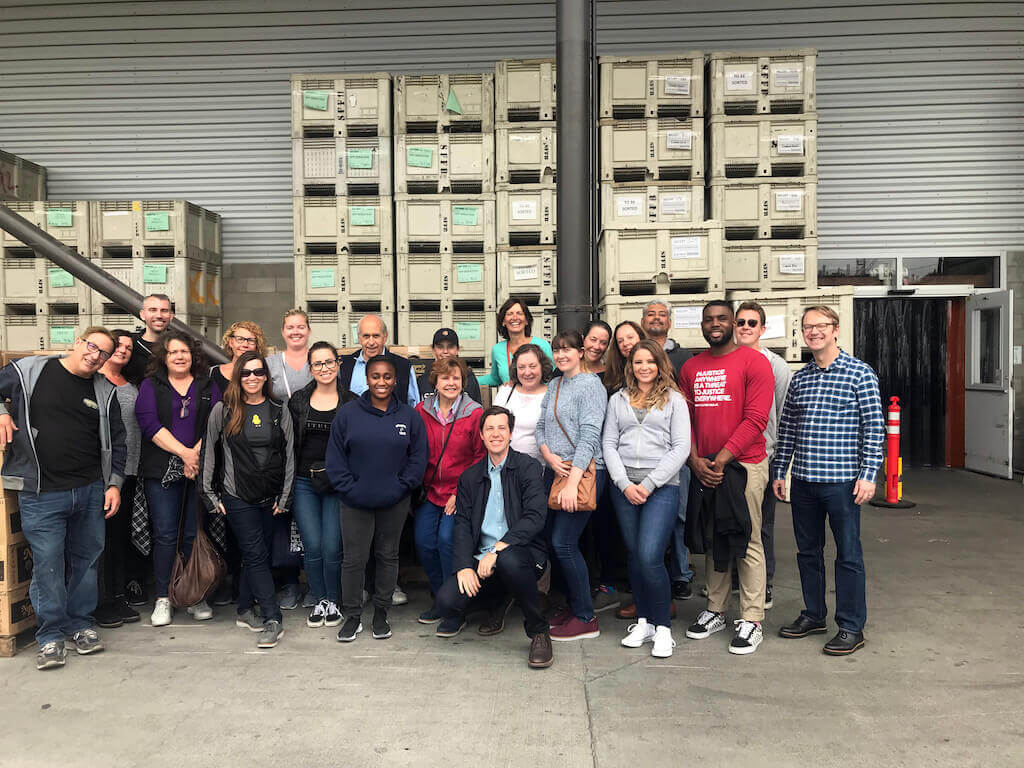
You had all the money you would need for the rest of your life. How did you end up back in the shoe business?
The short answer to your question is family. Living the entrepreneurial life, I never got around to having a family of my own. I was fortunate to find a wonderful wife and have a child when I was 58. One morning at breakfast my then eight-year-old daughter came down with a drawing of a shoe and asked if she and I could make shoes together. I had no idea she even knew I had been in the shoe business. I later learned that my father, who lived next door to us, had told her our Rockport story.
Just before my father died, I told him I was thinking about returning to the shoe business and that if I did, I would like to take the name of my grandfather’s shoe factory. Later, I decided to append my grandfather’s name to the brand. Thus was born the Samuel Hubbard Shoe Company.
I knew I wanted the shoes made in Europe – that’s where I would find the beautiful leathers and traditional craftspeople needed to make the kinds of shoes I was dreaming of. Luckily, the person I used to work with in sourcing at Rockport had relocated to Portugal and knew of several factories that could do the job.
It took us nearly 18 months to get it right, but in 2014 we began producing the first shoes. We brought in several containers of shoes, sold a few pairs wholesale and opened our website in January 2015. In the first six months, we only sold 123 pairs and had 16,000 pairs in a warehouse. It began to feel like the first days of working with my father.
I realised that without a marketing strategy no one was likely to buy our shoes. So, in the summer of 2015, I began a national marketing programme in The New York Times. Three years later, we have over 530 retailers carrying Samuel Hubbard shoes and over 30,000 people a week visiting our website.
[ms-protect-content id=”4069,4129″]
Did you feel there might be an issue with your new company competing against your old company?
At that point, it had been 28 years since I left Rockport, and the brand had been passed from owner to owner, changing drastically along the way. I felt I needed to reestablish what our family stood for in terms of quality. I don’t think the two brands are in the same category anymore.
How has your experience been different this time?
Penetrating the market has been slower than I imagined it would be. I thought I would do some interviews, there would be some articles about us, and the shoes would start selling. Of course, this didn’t happen. I needed to put together an ad campaign to get things kick-started.
What other strategies did you deploy to cut through the e-commerce noise?
We’ve had to do everything we could think of. The very first shoe we made was called the Hubbard Free. I don’t think anyone ever connected the dots, but one of the reasons we named it the Hubbard Free was because we decided to give away 5000 pairs. I started by giving away 1200 pairs at a TED Conference in Vancouver. We fitted every man at TED with a pair of Hubbards, and in one week we had rock stars and tech billionaires walking around in our shoes. This turned out to be a very effective way to prime the market.
You’ve been in the shoe business for a very long time. Have you developed a company philosophy that guides your new business?
At Rockport, my father used to say that we were making friends with our shoes. When I started Samuel Hubbard, that idea became our company motto. We say, ‘Samuel Hubbard – making friends, one pair at a time.’ We strive to create goodwill and satisfaction with our shoes. Our customer support personnel love working for a company where the aim is to extend genuine hospitality to all our customers, and the goal is always to say, ‘Yes’!
[/ms-protect-content]
